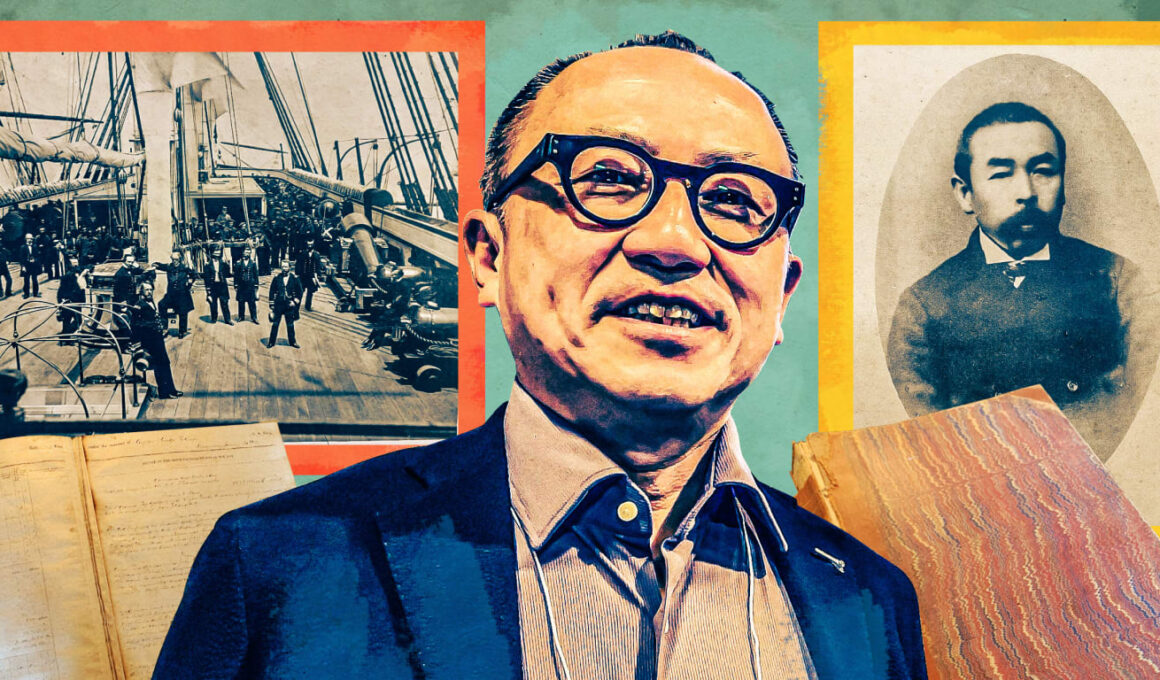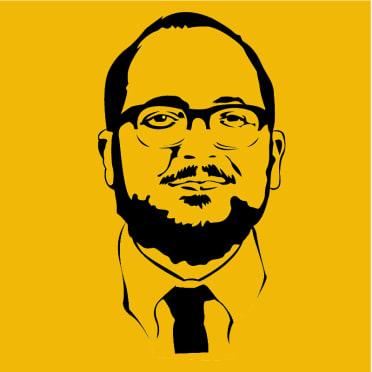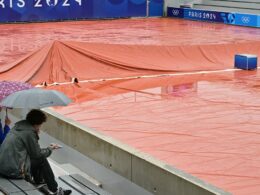Search for Japan’s baseball origins unearths new possibility
The story of baseball’s origins in America have always been murky. Though there were campaigns to make Abner Doubleday or Alexander Cartwright the face of baseball’s creation, the truth is far more likely that it simply grew organically from older bat-and-ball games like rounders across the cities and rural villages of 19th century America.
Japan’s baseball history was seemingly more clear, with American educator Horace Wilson being credited with introducing the sport to his students at Kaisei Academy in Arakawa, Tokyo, in 1872 as a way for them to get some exercise.
Even that story, however, has been changing in recent years. In 2021, Mike Galbraith, who had been researching the history of western sports in Japan since 2009, found a newspaper article from Oct. 30, 1871 that detailed a ballgame between sailors on the USS Colorado and “nine civilians” living in Yokohama. (Because this was a one-off game, the Baseball Hall of Fame and Museum in Tokyo still credits Wilson for his role in teaching and disseminating the sport through the country.)
Now, there’s reason to believe there may have been another game played nine months earlier featuring that same ship, the USS Colorado. That’s what Nobuhisa “Nobby” Ito, the NPB’s historian, believes and is hoping he can prove.
It all started with a letter buried in his files.
The letter was dated from 1971 — 100 years after the game that was supposed to take place — and Ito had originally discovered it in 2003. He didn’t think much of it at the time, so filed it away. It was only after he came across it again in 2017 that he decided to take a closer look.
“I found the letter itself in 2003 but I didn’t take a good look at it,” Ito explained. “I put that away in my personal storage, and I decided to clean up my own storage about seven years ago.”
The note is from an anonymous elderly man and had been researched by Shinzaburo Utsumi, a former player for the Daimai Baseball Club. In the letter, the man notes that baseball had been played at an “open space” at the Kawaguchi Settlement in Osaka, with the sailors of an American cruiser helping teach baseball to the local population.
Not only that, but Utsumi’s grandfather Tadanori had fought in Japan’s civil war and would have been stationed at nearby Osaka Castle. The Osaka army was responsible for guarding the settlement, meaning that Tadanori may have been told about the game or even witnessed it himself. Perhaps this is even the source of the letter and where its information came from.
This got Ito’s heart racing. There was a mystery here and, like baseball’s version of Sherlock Holmes, he wanted to get to the bottom of it. While the letter writer likely hadn’t actually played or been a witness to this game, his father or grandfather probably was. The chase was on.
“I decided to go to Osaka, which happens to be my birthplace,” Ito said. “I found that there was the Kawaguchi settlement. I’m not an expert about the Japanese history itself, but then I decided to visit the Kawaguchi settlement study group, which is located in Momoyama Gakuin University. There was an office that I visited without any appointment, and they gave me an introduction to what the Kawaguchi settlement is all about. And they showed me a map.”
There, next to where the soldiers would have resided — and right near the port that the USS Colorado would have pulled into in January of 1871 — was a large open space. A space that would have had plenty of room for a baseball game to be held.
Next, after diving through Naval records, Ito determined that it was only the USS Colorado that had anchored at Kobe near Osaka. The same American ship that had brought a baseball game on Oct. 30, 1871, was there nine months earlier. So, Ito next traveled to the Library of Congress in Washington to pour through the ancient ship’s logs which were housed there.
“Taking pictures was allowed, so I took all the pictures — about 1000s of the page — and brought it back to Japan,” Ito said. “It took about one year to read it.”
Within those pages, Ito found more to suggest he was on the right track. He found that Admiral John Rogers, who was in command of the Colorado, got off the ship during this trip and came into Osaka. He found a letter that Rogers wrote to his wife from the next trip at the beginning of October — weeks before that Oct. 30 date — where Rogers detailed that his crew “enjoyed playing ball” on the deck.
Taken all together, there is plenty to suggest that baseball could have been played: The same people who introduced baseball in October were in Osaka that January. The same activities we know they engaged in that October are likely the same ones that they would have participated in over the winter.
“I have seen his research and it seems both correct and worthwhile,” John Thorn, MLB’s official historian wrote in an email. “Getting the story straight is always an admirable mission. It is pleasing to think that Japan’s baseball-origin story benefits from fresh eyes, as does that of the United States.”
The search isn’t over, though. While Ito’s hypothesis seems promising, it is still missing the smoking gun, the verifiable document from a firsthand witness who was there that day.
To that end, Ito is looking for help — specifically from American descendants of the crew on that ship.
“I need to find the family members of the sailors of the USS Coronado,” Ito said. “If this story gets big exposure in the U.S., I hope that the family members of the USS Colorado sailors may read that story [and realize] ‘Oh, this is my great grandfather’s story.'”
He’s hoping that there’s a journal or a diary buried in someone’s attic, long forgotten, that just may have the final clue to close this mystery that has consumed the researcher for the last seven years. Perhaps there is a family story that has been passed down decade after decade, with the teller having no idea of the importance of the tale.
Ito and Thorn know the chances of finding the final answer to any historical search like this is unlikely. What is discovered today could be superseded by research down the road.
“Finding a date certain for the beginnings of baseball, in the U.S., Japan, or England is unlikely,” Thorn wrote. “But it is in the act of questioning received wisdom that a true path may emerge. What is the start date for joy?”
There’s even a part of Ito that doesn’t want to find the answer, who hopes to keep the mystery and the search alive for a little longer.
“Many things are still a mystery in human history. So being mysterious is attractive. If everything is proved, then you say, ‘Oh, that’s it. That’s not a big deal,'” Ito said. “Part of me keeps saying that I want to get to the truth, but half of me [is saying] that I will rather keep this as a mysterious anecdote or history story.”







